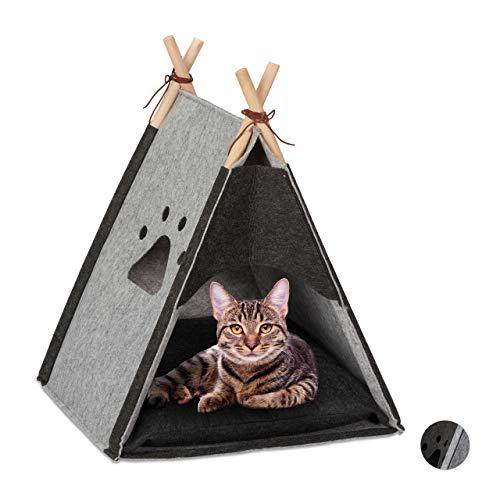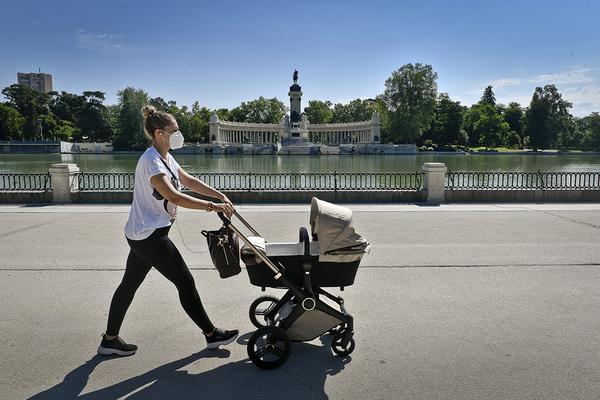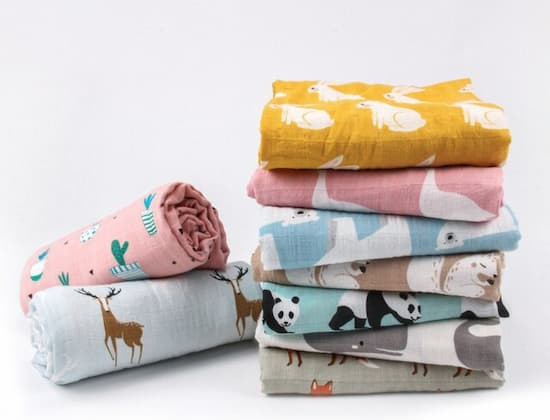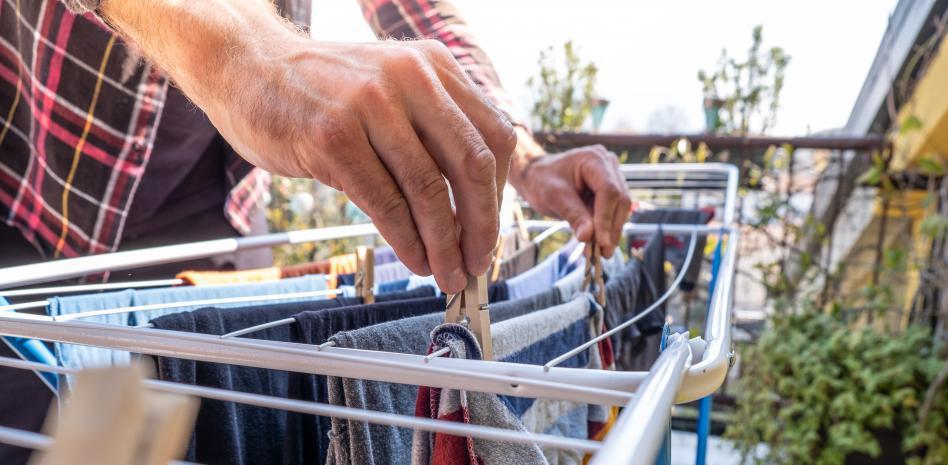fold or hang
How to make all our garments look perfectly ordered as we see them and find them displayed in a clothing store?
By Nadia Novillo
When organizing our dressing room or closet, we must decide what to fold and what to hang.
This decision will depend mainly on the available space but, as I always say, the order must serve to facilitate and speed up the response to our needs. It must also attend to our personal tastes and preferences; depending on what is most practical, comfortable and functional.
The truth is that the vast majority of garments can be folded, what must be taken into account is that we must do it neatly. Although it is obvious; buttons must be on; the brooches, fastened; and the closures, closed.
Now, a new concern arises: How to ensure that all our garments look perfectly folded as we see them and find them displayed in a clothing store? The answer is simple: using a “bend”, which is nothing more than a guide, what I call a “bend reference table”. Men's shirts usually come folded in a perfect and impeccable way and when we disassemble them we discover that they have a cardboard whose function is precisely to be a mold, a reference and folding guide so that all the garments are the same, with the same width, of the same size.
HOW TO DO IT
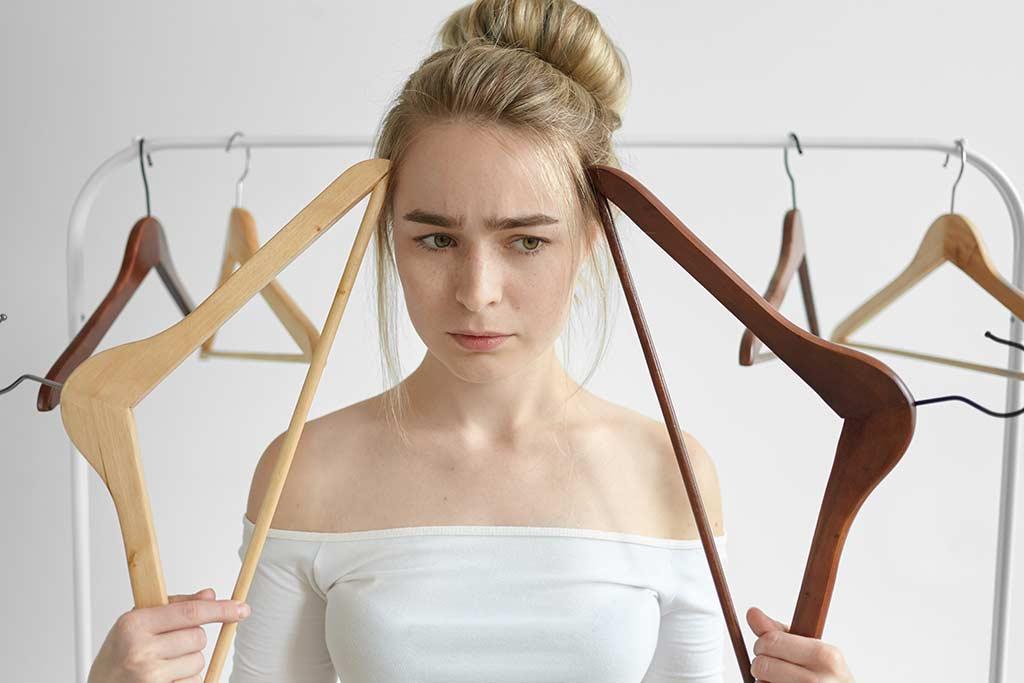
Now that the secret has been revealed and we know how to ensure that all the clothes are folded exactly the same, with the same width; we are going to use it to fold upper garments: muscle shirts, t-shirts, shirts, sweaters, wool or thread bags, divers, kangaroos; also for dresses and skirts (provided the fabric allows folding), nightgowns, robes, pajama sets, sportswear sets, handkerchiefs, shawls, pashminas and scarves.
As a suggestion, I recommend that the sets go together. This applies to everything that makes up a team: pajamas (shorts and tank tops, pants and t-shirt), sportswear, soccer pants and shirts (or tennis, rugby, basketball, etc.), dance tights and skirts, school uniforms . In this way, the loss of time searching and not finding or not knowing where one of the parts was saved is avoided. In the case of children, this helps them to dress themselves without having to depend on an adult to help them to give them clothes. The idea is that the lower part, such as shorts, is contained within the upper part, the shirt, as if it were a package.
Once we have everything divinely folded, we need to decide where to place it. According to the design of our dressing room or closet, the options will be a shelf or a drawer.
In general, we all have the habit of stacking clothes. I want to introduce you to a new criterion of order: the Vertical Fold Method, file style, proposed by the expert Japanese organizer Marie Kondo. It is a genius since it allows us to optimize and maximize space, and at the same time visualize everything we have.
We say goodbye to those endless piles of shifting and slippery t-shirts; which means that when we take one out, they all fall down and force us to have to permanently accommodate them.
If we take the garments and fold them in the middle once again we can place them vertically inside a drawer or inside "the famous container".
A GREAT ALLY
I tell you that the container is a great ally when we have many clothes and the space is reduced or limited, since we double the storage capacity.
The container fulfills a function similar to that of a drawer, with the benefit that we can easily change its place according to the different seasons and changes in season. In the case of a move, the transfer is super simplified. Other great advantages of using the container is that, as its name says, the garments are contained. When you take one out, the rest don't fall out or get out of place. This tool is ideal for all types of garments and, especially, for dri-fit sportswear.
Both men and women are fascinated by implementing these criteria to organize their clothes because it allows them to gain space, they can visualize everything they have and consequently they begin to use their clothes more, even some that they had forgotten. The extra benefit is that in this way it is very simple and easy for the order to be maintained over time.
diy
We can replace the containers with other elements that fulfill the same function: boxes, baskets, baskets, cans, etc. A tip “Do It Yourself” (DIY, which means “do it yourself”) is to recycle boxes that we have and whose size fits the dressing room. They can be covered with some paper that can be a plain color or with a nice design that we like. As they all look the same and are unified, these boxes will generate and transmit the same sense of order as the well-known and typical containers.
TIP
The size of a folding reference table is that of an A4 sheet, with which you can use a magazine at home or even use a kitchen table, some have a design that adapts very well to be used for folding the clothes.



